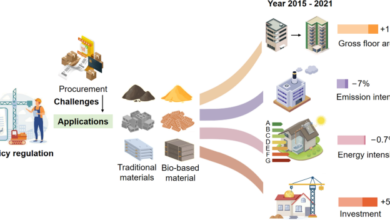How to Choose the Best QA Automation Testing Tools?

Genetic algorithms are being incorporated more into test automation for the purpose of generating good test data and identifying faulty software. Therefore, it becomes important to select the proper QA automation tools in order to achieve the optimal results as much as possible with the least amount of time and effort. To that end, this article seeks to present a list of considerations that any user will need to make when choosing genetic algorithms testing tools.
- Ease of Use
An ideal tool for genetic algorithm testing should be configured and controlled by a graphical user interface that does not require much programming to be executed by a tester. It should offer interactive aids in the form of figures and diagrams to help in designing test scenarios and input/output relations; setting parameters such as population size, mutation rate, crossover rate, etc; and interpreting results of tests. The reports should provide information that will be useful after the test run instead of mere data. This enhances its use across teams with different skill levels since everybody can download it.
- Integration Capabilities
The integration with current test automation tools and frameworks may also help in the quick adoption and improvement of the efficacy of genetic algorithms testing tools. Search for tight integration with the well-known test running frameworks. APIs also provide an option for custom integrations, while the use of command line is valuable in specific implementation scenarios.
- Customizability
However, the testing tool should also have extra features that can be set by a programmer to make it complicated since it has easy operating system. Features of the genetic algorithms engine such as crossover methods, parents’ selection and controls on population divergence make the system malleable and easier to fine-tune to meet test goals within optimum time frames. Additional functionality for defining fitness functions, test data generation, and result analysis should exist so that the system can be fine-tuned to the test environment under consideration.
- Cloud-Based Architecture
An inherent cloud structure for testing tool software allows for its scalability to run large cycles of testing at the same time. It also offers easy access to new enhancements and improvements without having to establish an on-site system. Integration with cloud-based analytics and collaboration capabilities enhance effectiveness. However, adequate data security features such as encryption and access controls are vital in safeguarding IP when testing sensitive applications.
- Intelligent Analytics
The use of AI and machine learning as the basis of analytics can offer smart insights that can be further enhanced for its effectiveness. Seek help from automation systems to flag test runs and their outcomes without the need for a human touch. Evaluation of revealed software defects and risk areas for test case prioritization greatly helps in reducing time needed to achieve the best test coverage. More precise prediction of test cycles promotes the identification of testing activities and their scheduling.
- Exploratory Testing Features
Integration of exploratory testing features into tools provides an opportunity for testers to switch to intelligent manual testing in addition to checklists, if necessary. Test session recordings, logs, and videos facilitate the process of defects reporting, analysis, and tracking of the defects found during exploratory testing. Test management tools should provide for mind maps, test charters, and session planning features to enhance cooperation among the test teams for this style of testing.
Conclusion
By identifying and selecting the automated testing tools for the improvement of ROI with the above criteria will mean that the test cycles are shorter, more coverage and even smarter defect detection. Prioritizing EUI, Integration, Customization and Intelligent Analytics provide a perfect model for the future change that can happen to application complexity as well as testing needs over the future time period. With the help of tools and methods, genetic algorithms offer a set of invaluable capabilities that help accomplish test automation efforts.
Keep an eye for more latest news & updates on USA Tech Magazine!





